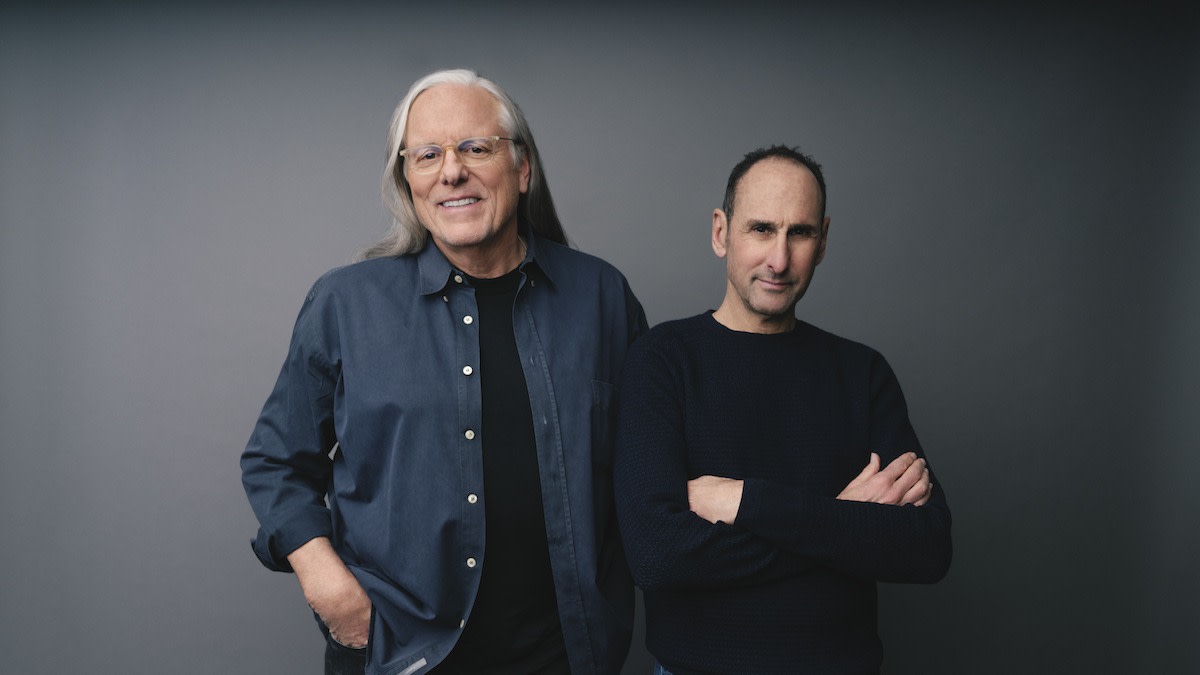Goodby & Silverstein’s 3 Tips for Creating an Advertising Portfolio
Written by MasterClass
Last updated: Jun 7, 2021 • 2 min read
Jeff Goodby and Rich Silverstein are the co-chairmen of the advertising agency Goodby Silverstein & Partners in San Francisco. Their creative works include advertising campaigns like “got milk?,” the Budweiser lizards, Doritos’ Cool Ranch Superbowl cowboy shootout, and Polaroid’s “See what develops.” They have creative industry careers that span brand strategy, creative direction, art direction, and copywriting. Here are their tips for creating a standout portfolio.
Learn From the Best
What Is an Advertising Portfolio?
An advertising portfolio is a collection of your best work, which you show to potential employers (like advertising agencies or new clients for freelancing) to get hired. A portfolio is the primary way to market yourself as a capable new hire, and it can be used by anyone from copywriters to graphic designers to creative directors to art directors. Whether you use an online portfolio website or a physical portfolio, your portfolio should include your resume, your cover letter, around 10 examples of your best work (tailored to the potential client), and your contact information.
A good portfolio is essential for your creative career because it gives an accurate and impressive showcase of your advertising skills, experience, and knack for visual design. It also presents your personal brand to help you stand out from the competition. A portfolio is like an in-depth and unforgettable business card.
3 Tips for Creating a Portfolio From Goodby & Silverstein
Ready to make your own portfolio really work for you? Here are a few tips straight from advertising masters Jeff Goodby and Rich Silverstein:
- 1. Show who you are, not just what you’ve made. If you’ve been in the industry for a long time, you might be tempted to let your work speak for itself. But the creative field is deeply competitive—your best work alone might not be enough to get you an interview, particularly if you’re just starting out after ad school and don’t have a ton of real-world experience. So use your portfolio as a piece of work or design project itself to advertise the brand that is you.
- 2. Prove that you were born to make ads. Maybe you’ve made a whole library of zines and comic books, or maybe you’re in a Star Trek-themed rockabilly band. All of those things sound super fun, and you can definitely put that sort of info in your portfolio—but don’t bury the lede. Your first priority is to prove that you were born to be an advertising creative and that you can do the kind of work the potential employer is looking for. Showcase other client work along with any mockups you've created on spec.
- 3. Show off your creative sensibilities. If you’re a copywriter trying to get a job in advertising, your portfolio is the ultimate opportunity to show off how you write. Be expressive. Have a personality. Make sure you use proper grammar and spell-check your work. show that you’re capable of writing headlines and that you can create compelling copy that will capture even the most disinterested customer’s attention. If you’re a graphic designer, use your design skills to make a unique design portfolio. Make a logo for yourself. Illustrate characters that interact within the thumbnails of your graphic design and web design work. Use an interesting color palette and custom typography. Be interesting.
Learn More
Learn more about advertising and creativity from Jeff Goodby & Rich Silverstein. Break rules, change minds, and create the best work of your life with the MasterClass Annual Membership.
